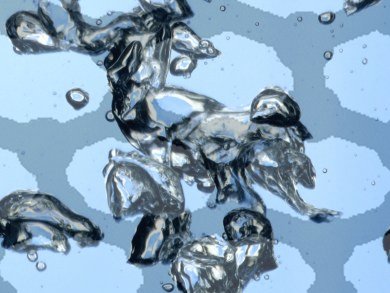Ultralong nanotubes have a very large surface area that is ideal for filtration, and they are easy to modify, which allows the tailoring of their surface properties through localised nanoscale plasma treatment.
An international team of researchers led by Hui Ying Yang, Singapore University of Technology and Design, showed that water purification membranes, like mixed cellulose ester (MCE) membranes, enhanced by plasma-treated carbon nanotubes are ideal for removing organic and metal contaminants and salt from water. Their plasma-modified ultralong carbon nanotubes (UCNT) exhibit ultrahigh specific adsorption capacity for salt exceeding 400 % by weight. That is two orders of magnitude higher than that found in the current state-of-the-art activated carbon-based water treatment systems.
Integrated into portable water purification devices the size of a tea pot, these UCNT-based membranes may lead to next-generation rechargeable, point-of-use potable water purification appliances with superior desalination, disinfection, and filtration properties.
Research will now be extended to other nanomaterials like graphene, which has similar properties to carbon nanotubes but could be made considerably denser and stronger.
- Carbon nanotube membranes with ultrahigh specific capacity for water desalination and purification,
Hui Ying Yang, Zhao Jun Han, Siu Fung Yu, Kin Leong Pey, Kostya Ostrikov, Rohit Karnik,
Nature Communic. 2013.
DOI: 10.1038/ncomms3220




